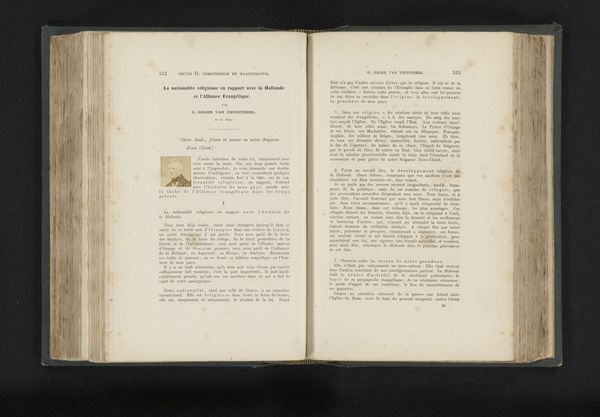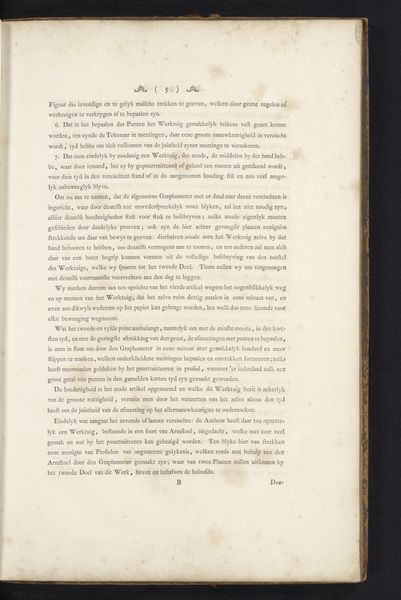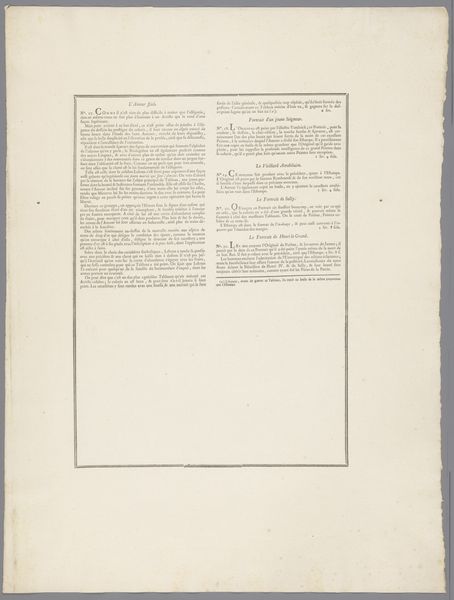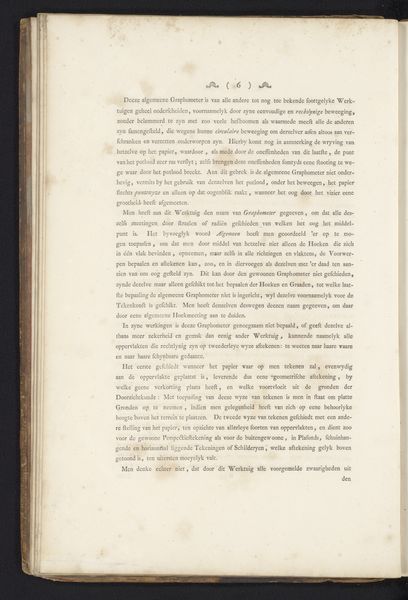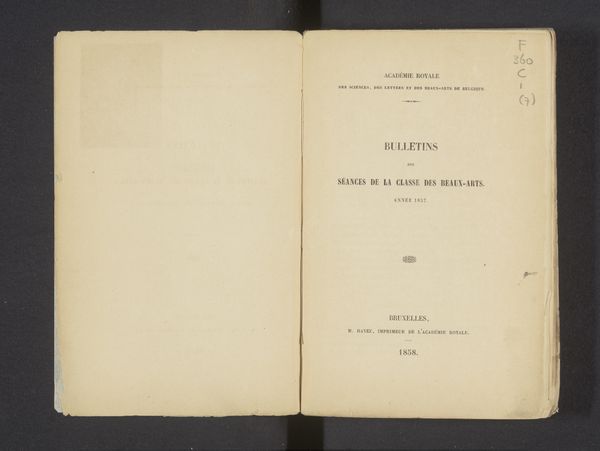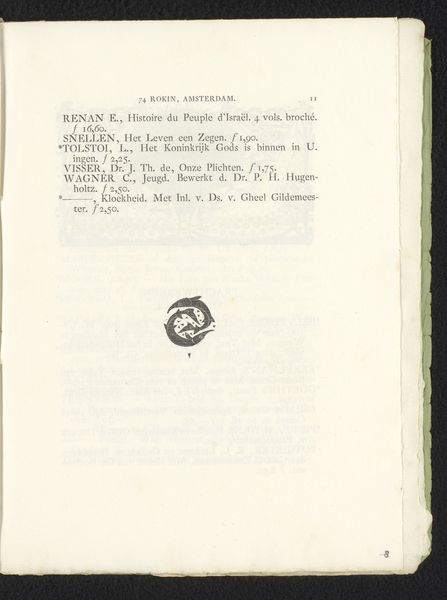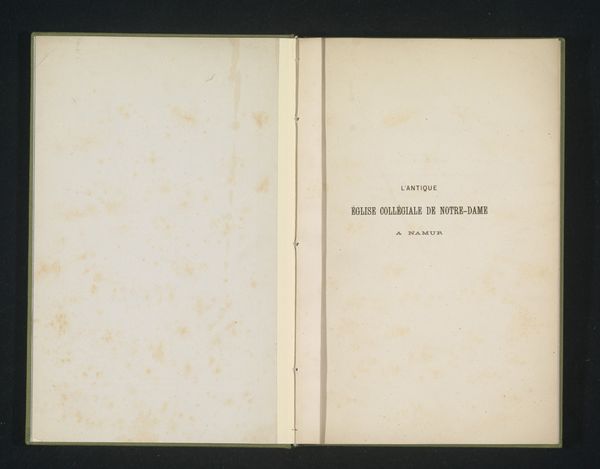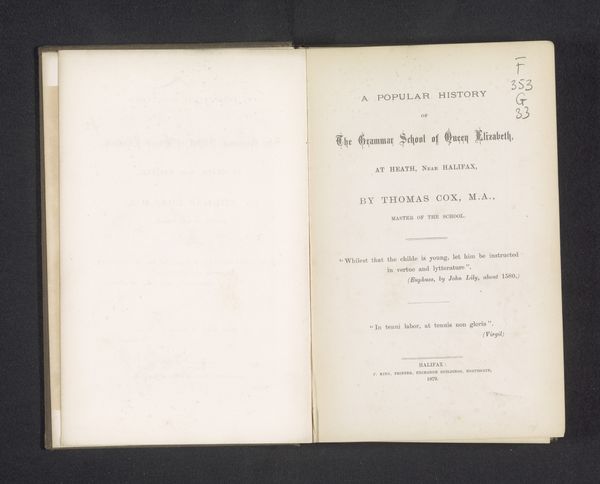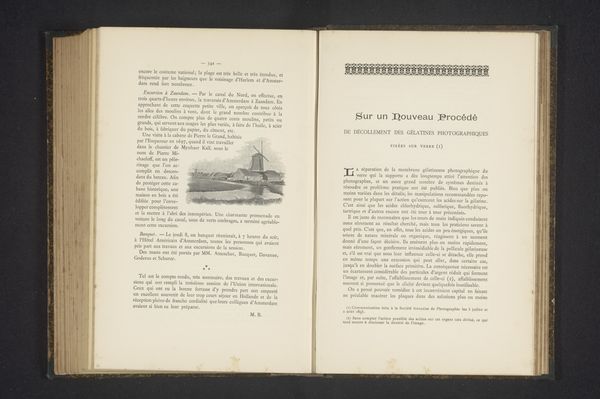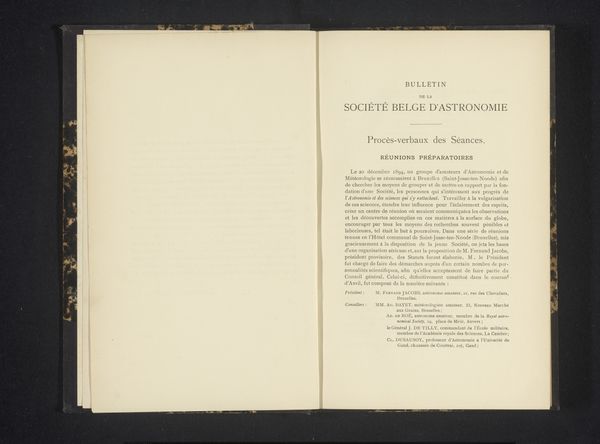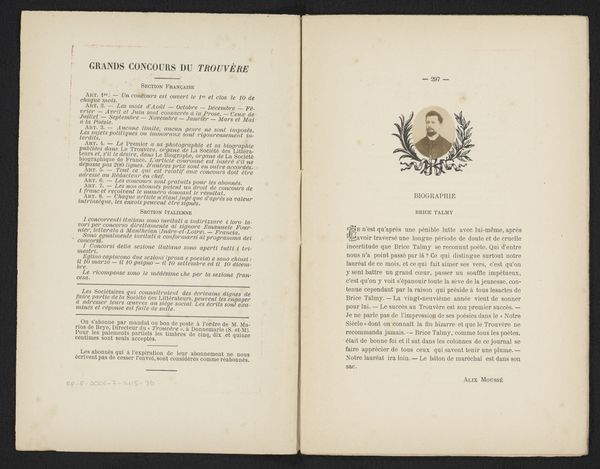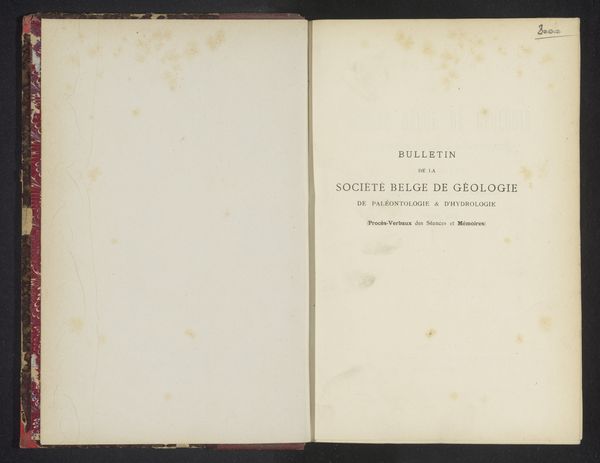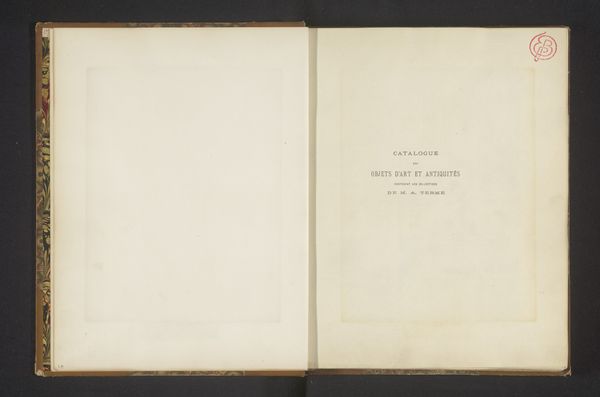
Dessin authentique du retable en argent doré que l'abbé Wibald fit faire pour l'abbaye de Stavelot (1130-1158) / notice acc. d'un fac-simile par Désiré van de Casteele 1882
0:00
0:00
drawing, print, paper, ink
#
drawing
#
medieval
# print
#
paper
#
romanesque
#
ink
Dimensions: height 370 mm, width 286 mm, thickness 4 mm
Copyright: Rijks Museum: Open Domain
This drawing of a gilded silver altarpiece was made by Désiré van de Casteele, likely in the late 19th or early 20th century. It depicts a commission that Abbot Wibald of Stavelot made for his abbey in the mid-12th century. While Casteele's drawing is on paper with ink, it points to a much more precious object: an altarpiece made of gold and silver. Creating such a piece would have been a complex undertaking, involving many skilled goldsmiths, enamelers, and other artisans. The sheer quantity of labor, and the preciousness of the materials, would have made the original altarpiece an unmistakable demonstration of wealth and power. This drawing thus gives us an intriguing opportunity to consider the economic and social context of medieval artistic production. It prompts us to think about the relationship between monastic institutions, skilled labor, and the creation of lavish objects intended to inspire awe and reverence. It challenges us to look beyond aesthetics and consider the full scope of human effort and social relations involved in the art's creation.
Comments
No comments
Be the first to comment and join the conversation on the ultimate creative platform.
